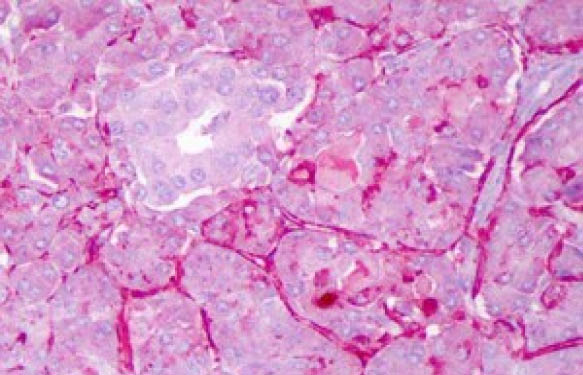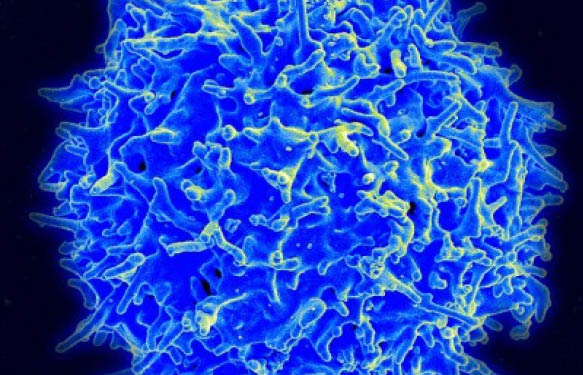In our series of posts on different signaling pathways, let’s take a look today on Notch and its relevance in Acute Renal Failure (ARF).
A recent paper by Gupta et al. elucidated the role of the Notch pathway in kidney regeneration. This paper means an advance towards understanding potential therapeutic targeting of Notch signaling to enhance renal repair. Activation of the Notch pathway occurs following ARF. Pretreatment with the Notch ligand DLL4 enhanced recovery from ARF and represents a potential novel therapeutic option for regenerating the injured kidney.

However, compared to previous publications, as the authors mention in the paper, the use of different antibodies can affect the overall result of the experiment (as we all know!). In this specific case, Gupta et al. demonstrated increased expression of cleaved Notch1 and cleaved Notch2 as early as 1 h following reperfusion after 45 min of ischemia, and their findings are consistent with studies by Kobayashi et al. in a similar model of ARF with a few exceptions.
The paper by Kobayashi showed increased mRNA and protein expression of Delta-1, cleaved Notch2 only, while cleaved Notch1 was minimally detected under basal conditions or following injury. However, Gupta used the cleaved Notch-1 antibody from Rockland (see figure), and detected a robust signal for cleaved Notch1 with increased expression seen as early as 1 h following injury. These results were confirmed by immunohistochemistry using the Val1744 antibody. Therefore, both Notch1 and Notch2 are activated in the kidney following ARF.
Notch signaling has many roles, from neuronal function and development to the expansion of the hematopoietic stem cell compartment during bone development. Notch signaling pathways are a booming area of pharmacological research, due largely to the direct connection to human disease intervention.



